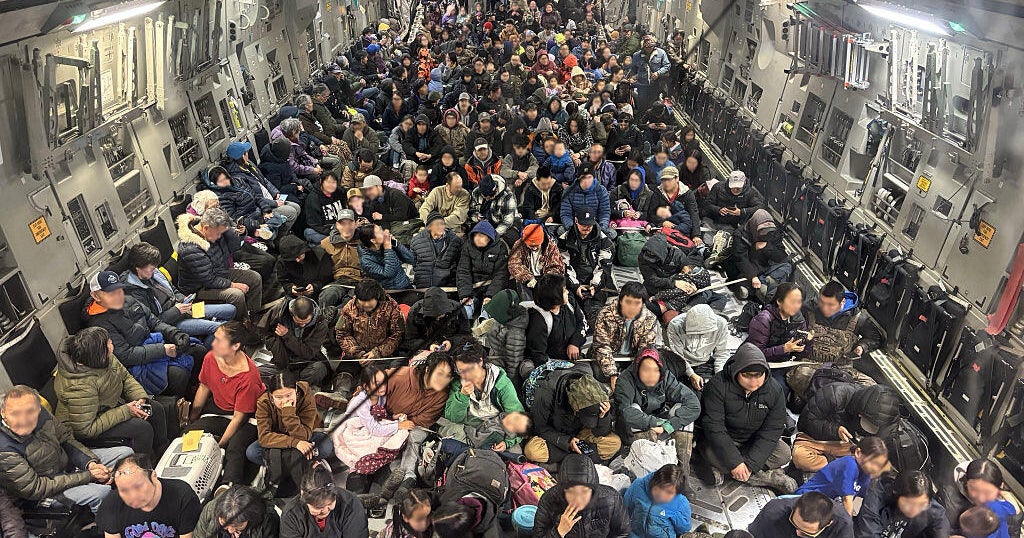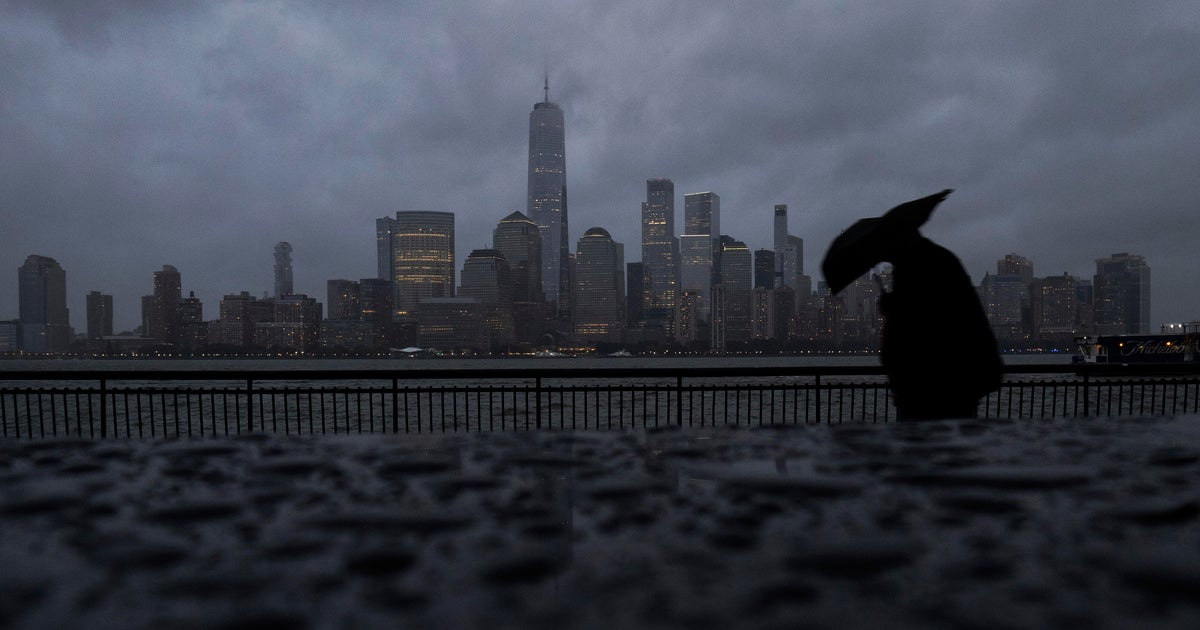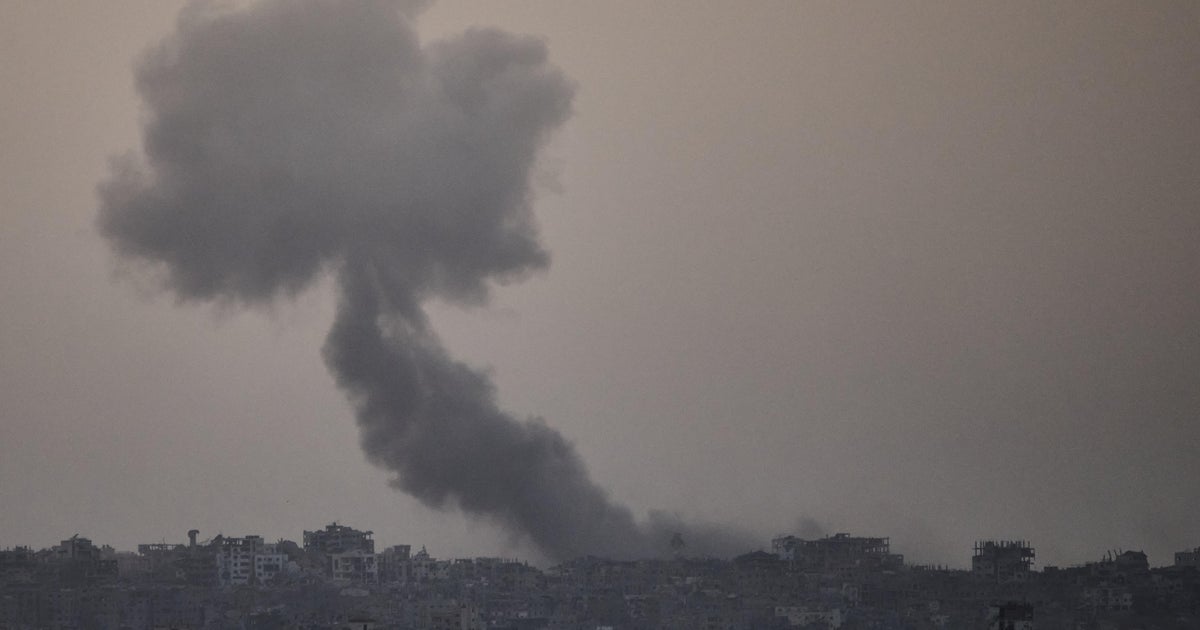Damage to remote Alaska villages hammered by flooding last weekend is so extreme that many of the more than 2,000 people displaced won’t be able to return to their homes for at least 18 months, Gov. Mike Dunleavy said in a request to the White House for a major disaster declaration.
In one of the hardest hit villages, Kipnuk, an initial assessment showed that 121 homes — or 90% of the total — have been destroyed, Dunleavy wrote. In Kwigillingok, where three dozen homes floated away, slightly more than one-third of the residences are uninhabitable.
The remnants of Typhoon Halong struck the area with the ferocity of a Category 2 hurricane, Dunleavy said, sending a surge of high surf into the low-lying region. One person was killed, two remain missing, and rescue crews plucked dozens of people from their homes as they floated away.
Officials have been scrambling to airlift people from the inundated Alaska Native villages. More than 2,000 people across the region have taken shelter — either in schools in their villages, or in larger communities in southwest Alaska — or have been evacuated by military planes to Anchorage, the state’s largest city.
Anchorage leaders said Friday they expect as many as 1,600 evacuees to arrive. So far about 575 have been airlifted to the city by the Alaska National Guard and have been staying at a sports arena or a convention center. Additional flights were expected Friday and Saturday.
Officials are working on figuring out how to move people out of shelters and into short-term accommodations, such as hotels, and then longer-term housing.
“Due to the time, space, distance, geography, and weather in the affected areas, it is likely that many survivors will be unable to return to their communities this winter,” Dunleavy said. “Agencies are prioritizing rapid repairs … but it is likely that some damaged communities will not be viable to support winter occupancy, in America’s harshest climate in the U.S. Arctic.”
The federal government has already been assisting with search and rescue, damage assessments, environmental response and evacuation support. A major disaster declaration by President Trump could provide federal assistance programs for individuals and public infrastructure, including money for emergency and permanent work.
In a social media post Friday morning, Vice President JD Vance wrote that “President Trump & I are closely tracking the storm devastation that resulted in over 1,000 citizens being airlifted out of Alaska villages. Alaskans, our prayers are with you and your federal government is working closely with” Dunleavy and Sen. Dan Sullivan “to get you the help you need.”
The three members of Alaska’s congressional delegation on Friday sent a letter to Mr. Trump, urging swift approval.
Texas Gov. Greg Abbott said Friday night that he had deployed resources and “emergency management personnel” to Alaska in response to a request for assistance from Alaska’s Division of Homeland Security and Emergency Management.
The personnel will “assist the State of Alaska’s Emergency Operations Center and field operations in a variety of roles, including voluntary agency coordination as well as volunteer and donations management,” Abbott’s office said in a news release.
The storm surge pummeled a sparsely populated region off the state’s main road system, where communities are reachable only by air or water this time of year. The villages typically have just a few hundred residents, who hunt and fish for much of their food, and relocating to the state’s major cities will bring a vastly different lifestyle.
Alexie Stone, of Kipnuk, arrived in Anchorage in a military jet with his brothers, children and mom, after his home was struck by the flooding. They’ve been staying at the Alaska Airlines Center at the University of Alaska, where the Red Cross provided evacuees with cots, blankets and hygiene supplies.
At least for the foreseeable future, he thinks he might try to find a job at a grocery store; he used to work in one in Bethel.
“It’s going to be, try to look for a place and find a job,” Stone said Friday. “We’re starting a new life here in Anchorage.”
Anchorage officials and business leaders said Friday they were eager to help the evacuees.
“Our neighbors in western Alaska have experienced tremendous loss, devastation and grief,” Mayor Suzanne LaFrance said at a meeting of the Anchorage Assembly. “We will do everything we can here in Anchorage to welcome our neighbors and help them through these difficult times.”
LaFrance later Friday signed an emergency proclamation “to help support the state’s ongoing emergency response to Typhoon Halong in Western Alaska, which brought unprecedented flooding that destroyed large amounts of property and displaced hundreds of our fellow Alaskans from their homes.”
State Rep. Nellie Unangiq Jimmie, of Toksook Bay, on an island northwest of Kipnuk, described for the assembly how she rode out the storm’s 100 mph winds with her daughter and niece.
“We had no choice but to sit in our home and wait to see if our house is going to come off the foundation or if debris is going to bust open our windows,” she said.
It didn’t, but others weren’t as fortunate. She thanked Anchorage for welcoming the evacuees.
“You are showing my people, my relatives, my constituents, even if they are far from home, this is still Alaska land and they’re amongst families,” Jimmie said.




